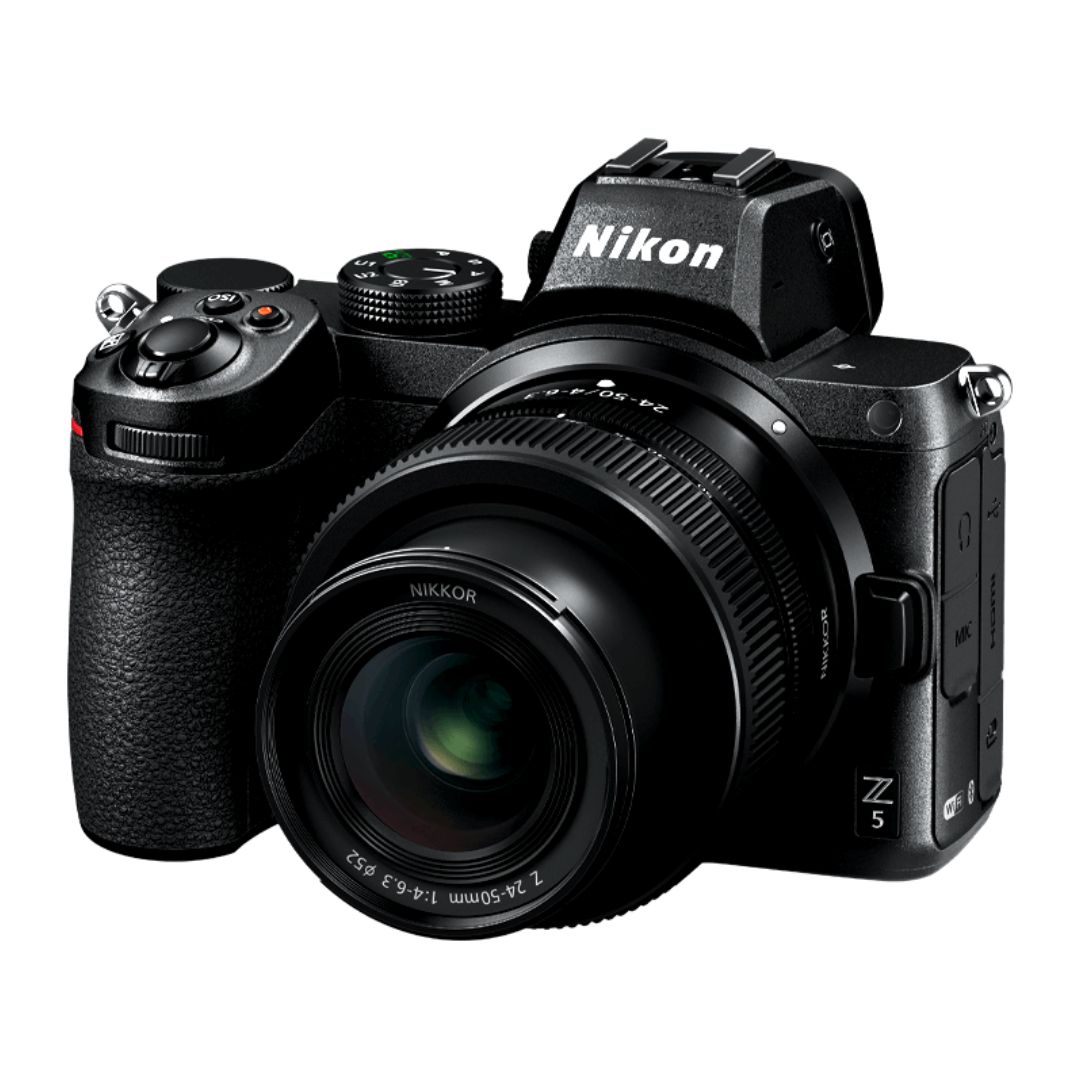In today’s competitive job market, standing out requires more than just a well-written resume. A personal branding portfolio serves as a dynamic and visual representation of your expertise, achievements, and professional identity. Whether you’re a freelancer, entrepreneur, or corporate professional, a personal branding portfolio helps build credibility and attract new opportunities.
In this guide, we will explore:
- Why a personal branding portfolio is essential for career success
- Key elements of a strong personal branding portfolio
- How to design and structure your portfolio
- Best platforms for hosting your portfolio
- How to maintain and update your portfolio effectively
Let’s dive in and discover how you can create a powerful personal branding portfolio to boost your professional presence.
1. Why Every Professional Needs a Personal Branding Portfolio
The Importance of Personal Branding
- Establishes Authority – Showcases your expertise and builds trust with employers or clients.
- Differentiates You from Competitors – A unique portfolio helps you stand out.
- Demonstrates Your Work – Visual representation of your skills and achievements.
- Increases Career Opportunities – Attracts recruiters, clients, and industry professionals.
- Enhances Online Presence – Serves as a digital footprint that reflects your professional identity.
How a Portfolio Elevates Your Career
- Acts as a professional resume with visual storytelling.
- Builds a strong personal brand that attracts job offers and collaborations.
- Provides proof of skills and experience, unlike a traditional resume.
- Helps in networking and business development by creating a strong first impression.
2. Key Elements of a Strong Personal Branding Portfolio
Essential Components
- Professional Biography – A short, compelling introduction about your expertise.
- Work Samples – Showcase your best projects, case studies, or creative work.
- Skills & Services – Highlight areas of expertise relevant to your industry.
- Testimonials & Endorsements – Social proof from past clients, employers, or colleagues.
- Achievements & Certifications – Awards, recognitions, and credentials.
- Contact Information – Easy ways for potential employers or clients to reach you.
Choosing the Right Content
- Select high-quality work that best represents your expertise.
- Show diversity in skills to attract a broad range of opportunities.
- Ensure consistency in branding, colors, and visual appeal.
3. How to Design and Structure Your Portfolio
Layout & Organization
- Homepage: A powerful first impression with a clean, professional design.
- About Section: A compelling story about your professional journey.
- Portfolio Gallery: A well-organized collection of your best work.
- Testimonials & Case Studies: Proof of impact and credibility.
- Call-to-Action (CTA): Encourage visitors to connect, hire, or collaborate with you.
Design Principles for an Effective Portfolio
- Simplicity: Keep the design clean and easy to navigate.
- Consistency: Use uniform colors, fonts, and branding elements.
- High-Quality Visuals: Professional images, graphics, and typography.
- Mobile-Friendly Design: Ensure accessibility across all devices.
4. Best Platforms to Host Your Personal Branding Portfolio
Online Portfolio Platforms
- Personal Website – Full control over branding and design.
- LinkedIn – A professional networking platform with portfolio integration.
- Behance & Dribbble – Best for designers, photographers, and creatives.
- Medium or a Blog – Showcases expertise through thought leadership.
- YouTube & Instagram – Ideal for video content creators and influencers.
Choosing the Right Platform
- Website Builders (Wix, WordPress, Squarespace) – Best for full customization.
- Social Media Platforms – Helps in networking and visibility.
- Freelance Marketplaces (Upwork, Fiverr) – Great for independent professionals.
5. Optimizing Your Portfolio for Visibility and Engagement
SEO Strategies for Personal Branding Portfolios
- Use keyword-rich descriptions to rank in search engines.
- Optimize meta descriptions and image alt texts for better visibility.
- Structure content with clear headings and subheadings.
- Include backlinks to relevant industry sites for credibility.
- Update content regularly to maintain freshness and relevance.
Social Media Promotion
- Share portfolio updates on LinkedIn, Twitter, and Instagram.
- Use hashtags and SEO-friendly captions for better reach.
- Engage with industry professionals to increase visibility.
6. Maintaining and Updating Your Portfolio
Keeping Your Portfolio Up to Date
- Regularly add new projects, testimonials, and achievements.
- Remove outdated or irrelevant work to maintain a polished look.
- Track engagement through analytics to see what attracts visitors.
Measuring Success
- Monitor page views, contact form submissions, and inquiries.
- Adjust content strategy based on audience preferences and industry trends.
- Seek feedback from peers and mentors to improve presentation and structure.
Conclusion
A personal branding portfolio is a powerful tool for professionals in any industry. It enhances your credibility, showcases your skills, and opens doors to new opportunities. By creating a compelling portfolio, optimizing it for visibility, and keeping it updated, you can build a strong personal brand that attracts employers, clients, and collaborators.
Start building your personal branding portfolio today and elevate your career!

Sony Alpha a7 IV: The Ultimate Camera for Photography

Nikon Z5 Review: Is It Worth It?
-

Nikon Z9 : Game-Changer for Photography
-

Top Features of Nikon D850 That Make It Ideal for Portfolio Shoots
Sony Alpha a7 IV: The Ultimate Camera for Photography
Explore the Sony Alpha a7 IV in this complete 2025 review. Learn how its pro-level features, real-world performance, and hybrid flexibility make it the ultimate camera for photography across genres like portraits, weddings, travel, and commercial work. Table of Contents Section 1: Introduction – Why the Sony Alpha a7 IV Stands Out The Sony Alpha…
Nikon Z5 Review: Is It Worth It?
In 2025, photographers—whether hobbyists, content creators, or professionals—seek equipment that blends value, performance, and future-readiness. Enter the Nikon Z5, a full-frame mirrorless camera marketed as a gateway to high-end imaging without a flagship price tag. But how well does it hold up under real-world demands like studio shoots, weddings, landscape adventures, and lifestyle photography? In…
Nikon Z9 : Game-Changer for Photography
Discover why the Nikon Z9 is considered a true game-changer for photography. This in-depth Nikon Z9 review explores key features, real-world performance, and how it excels in professional photo shoots in 2025. Table of Contents 1. Introduction The photography world witnessed a significant shift with the launch of the Nikon Z9, a flagship mirrorless camera…
Top Features of Nikon D850 That Make It Ideal for Portfolio Shoots
Discover why the Nikon D850 is the ultimate DSLR for portfolio shoots. Explore its top features—from resolution and dynamic range to autofocus precision and workflow speed—that help photographers create stunning, high-impact images for professional portfolios. Whether you’re a portrait artist, fashion photographer, or visual storyteller, a portfolio shoot demands technical excellence, creative flexibility, and uncompromised…
Candid Moments with Canon EOS R10: Lightweight & Reliable
In the evolving world of mirrorless photography, the Canon EOS R10 stands out as a lightweight yet powerful camera tailored for real-life storytelling. Whether you’re photographing street scenes, family gatherings, weddings, or spontaneous portraits, capturing genuine emotion requires a responsive and discreet tool. This article dives deep into how the Canon EOS R10 excels in…
Bold Portraits with Canon EOS R5: Is It the Best for Work?
Studio photography has always demanded precision, artistry, and impeccable gear. As the expectations for commercial portraits, fashion campaigns, and editorial work continue to rise, the tools we use must evolve. Enter the Canon EOS R5, a camera that has stirred the professional waters with its impressive technical specs and forward-thinking design. In this comprehensive Canon…


